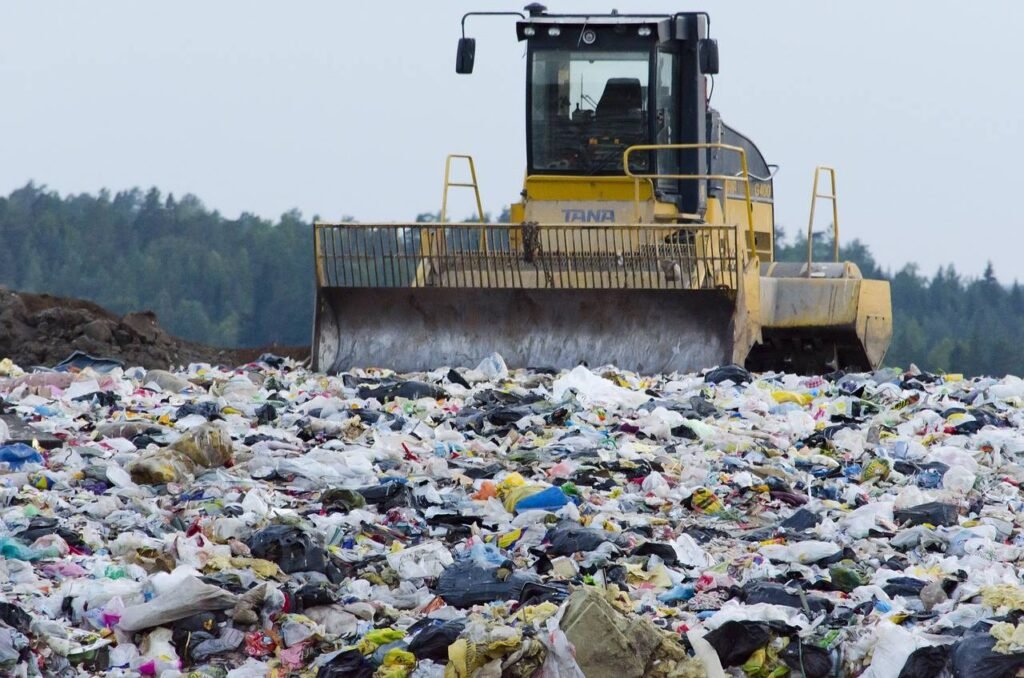Investing in a plastic recycling machine is a significant decision for businesses and organizations dedicated to sustainable practices. The cost of these machines varies widely based on several factors, including type, capacity, features, and brand. Understanding these variables can help you make an informed decision. In this article, we will explore the different types of plastic recycling machines, their costs, and the factors that influence these costs.
Types of Plastic Recycling Machines
- Plastic Shredders: These machines cut plastic waste into smaller pieces, making it easier to handle and process further. They are typically the first step in the recycling process.
- Plastic Granulators: Granulators take shredded plastic and further reduce its size into granules, which can be more easily melted and reformed.
- Plastic Washers: These machines clean plastic waste to remove contaminants like labels, adhesives, and dirt. Clean plastic is essential for producing high-quality recycled products.
- Extruders: Extruders melt and reform plastic granules into new shapes. They are crucial for turning waste plastic into usable raw materials.
- Pelletizers: Pelletizers convert melted plastic into small, uniform pellets. These pellets are the final product used by manufacturers to produce new plastic items.
Factors Influencing the Cost
- Capacity: The processing capacity of a machine is a significant cost determinant. Machines with higher capacities can process more plastic per hour, making them more expensive.
- Type of Plastic: Some machines are designed to handle specific types of plastic, such as PET or HDPE. Machines that can process multiple types of plastic tend to be more costly due to their versatility.
- Automation Level: Machines with higher levels of automation, such as automated sorting and cleaning systems, will be more expensive. Automation improves efficiency and reduces the need for manual labor.
- Energy Efficiency: Energy-efficient machines might have a higher upfront cost but can save money in the long run through reduced energy bills.
- Brand and Manufacturer: Well-known brands and manufacturers with a reputation for quality and reliability often charge higher prices. However, their machines are likely to have better performance and longevity.
- Customization: Custom-built machines tailored to specific recycling needs or integrated into existing systems can increase the cost.
Cost Estimates
- Small Plastic Shredders: Small, entry-level shredders can cost between $2,000 to $10,000. These are suitable for small businesses or community recycling programs.
- Mid-Range Granulators: These machines typically range from $10,000 to $50,000. They offer higher capacity and more features than entry-level models.
- High-Capacity Plastic Washers: Advanced washing systems can cost between $50,000 to $200,000. These are necessary for operations dealing with large volumes of contaminated plastic.
- Industrial Extruders: Industrial-grade extruders are among the most expensive, ranging from $100,000 to $500,000, depending on their capacity and features.
- Complete Recycling Lines: Integrated recycling lines that include shredding, washing, granulating, extruding, and pelletizing systems can cost upwards of $500,000 to $2 million. These are suitable for large-scale recycling operations.
Additional Costs
- Installation: The cost of installing a plastic recycling machine can vary depending on the complexity of the setup and any modifications needed to the facility.
- Maintenance: Regular maintenance is essential to keep the machines running efficiently. Consider the cost of spare parts and the availability of technical support.
- Training: Training employees to operate and maintain the machines can add to the initial investment but is crucial for optimal performance and safety.
- Utility Costs: Consider the ongoing costs of electricity, water, and other utilities required to run the machines.
Conclusion
The cost of a plastic recycling machine can vary widely, from a few thousand dollars for basic models to several hundred thousand or even millions for advanced, high-capacity systems. When budgeting for a plastic recycling machine, it’s essential to consider not only the upfront cost but also the long-term savings and benefits, such as reduced waste disposal fees, lower raw material costs, and a positive environmental impact. By understanding the factors that influence the cost and evaluating your specific needs, you can make a well-informed investment in a plastic recycling machine that supports your sustainability goals and business objectives.






